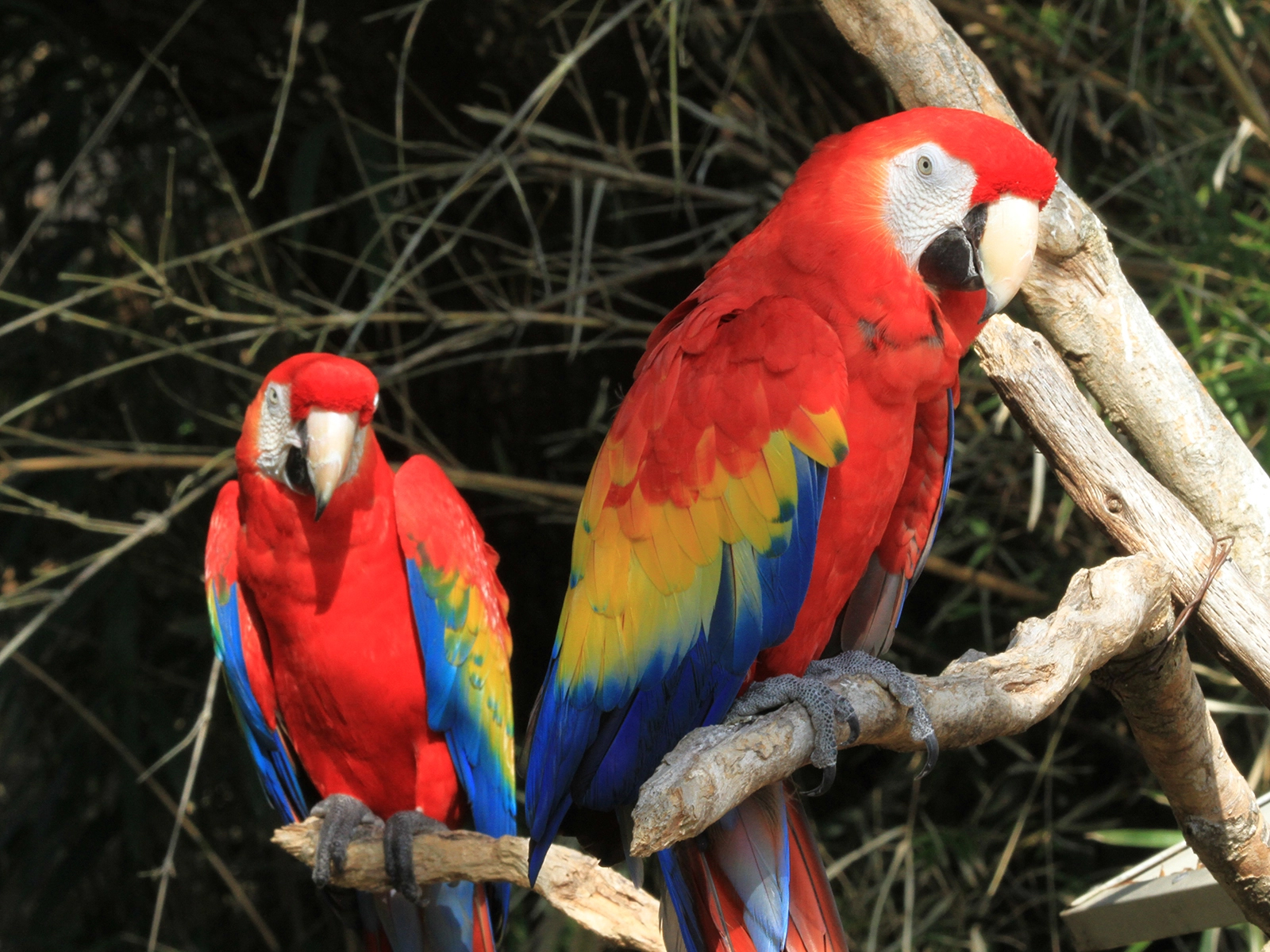Scarlet Macaw
Ara macao
Class
Aves
Order
Psittaciformes
Family
Psittacidae
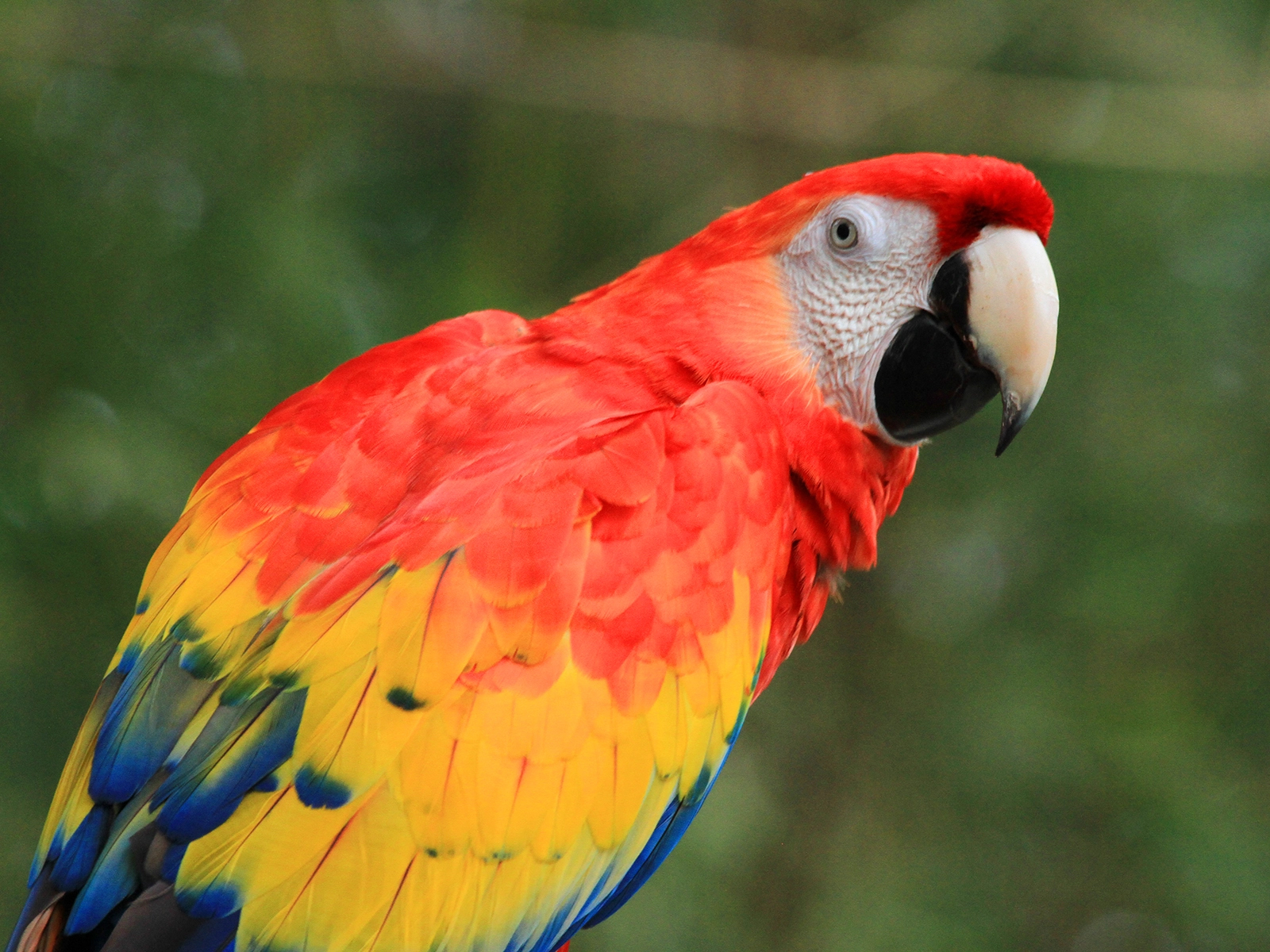
Aves
Psittaciformes
Psittacidae
Humid regions of Mexico, south through parts of Central America, and into northern South America
Length: 31.5 - 38.4 in
Wingspan: 44 - 47 in
Weight: 2 - 3 lbs
Tropical evergreen and riparian forests, near rivers and clearings with big trees
Clutch: 1 - 4 eggs
Incubation: 24 - 28 days
Palm fruits, figs, berries, seeds, nuts and pods, insects and their larvae. They also supplement their diet with nectar, leaf shoots, and flowers
Least Concern
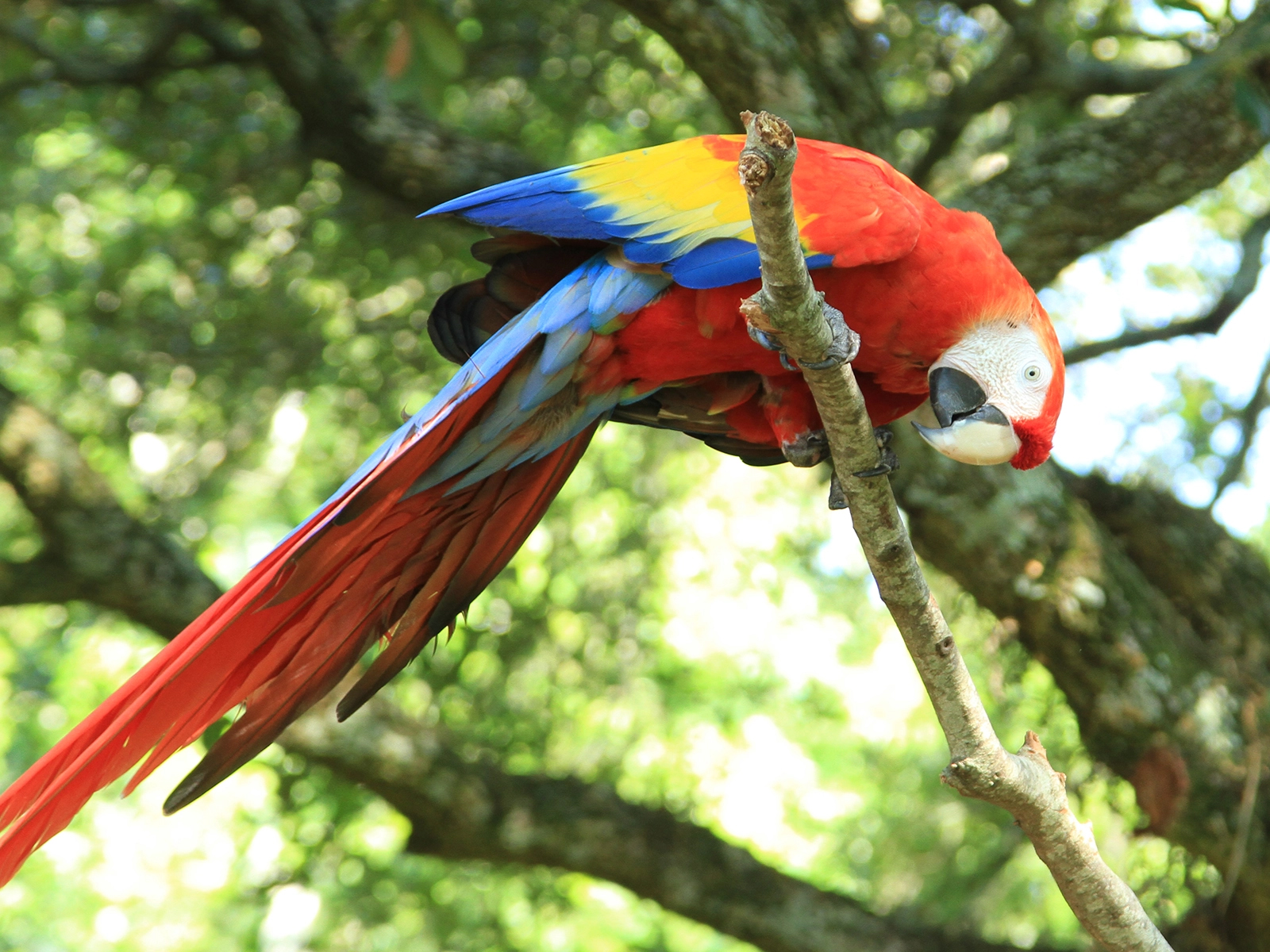
In Mayan tradition, the scarlet macaw represented daylight and the rising sun. Macaws eat mud from the side of cliffs to obtain minerals that will aid in neutralizing the acid in their system.
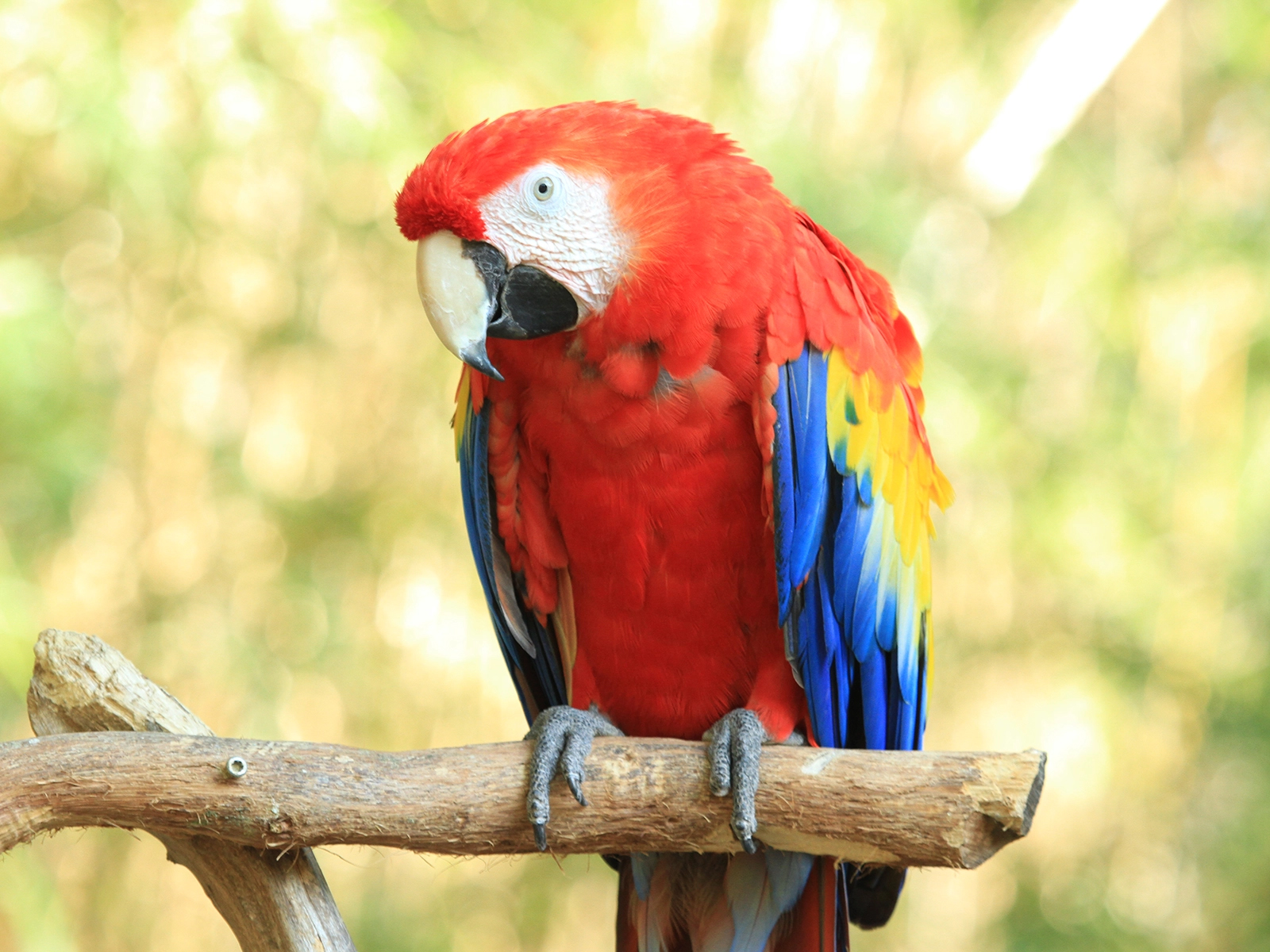
A macaw's strong bill is used to crush its food and as an additional limb for climbing. They communicate by making loud squawks and piercing shrieks which help them make their presence known in dense rain forests.
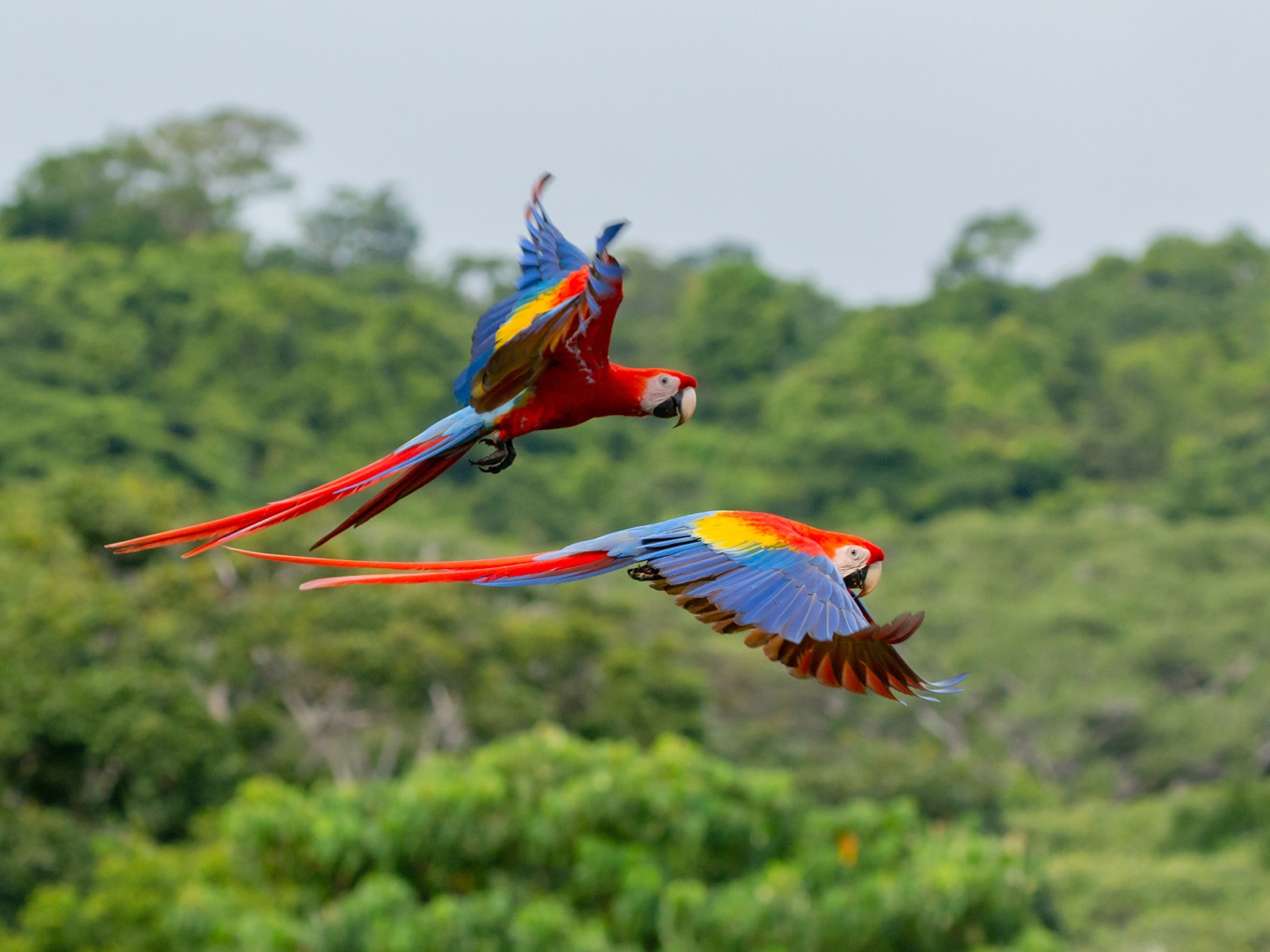
These birds are at risk due to loss of their natural habitat caused by deforestation, as well as illegal capturing of chicks and adults for the international pet trade.
Spread Awareness. Share information about the scarlet macaw's beauty, intelligence, and risks to their species with friends and on social media.
Be a Conscious Consumer. Be aware of the origins of the food and wood products you purchase. Support companies with verifiable sustainable sourcing practices to reduce demand for products that drive deforestation in tropical regions.
Boris Hatched April 14, 1990
Captain Morgan Hatched August 6, 1996
